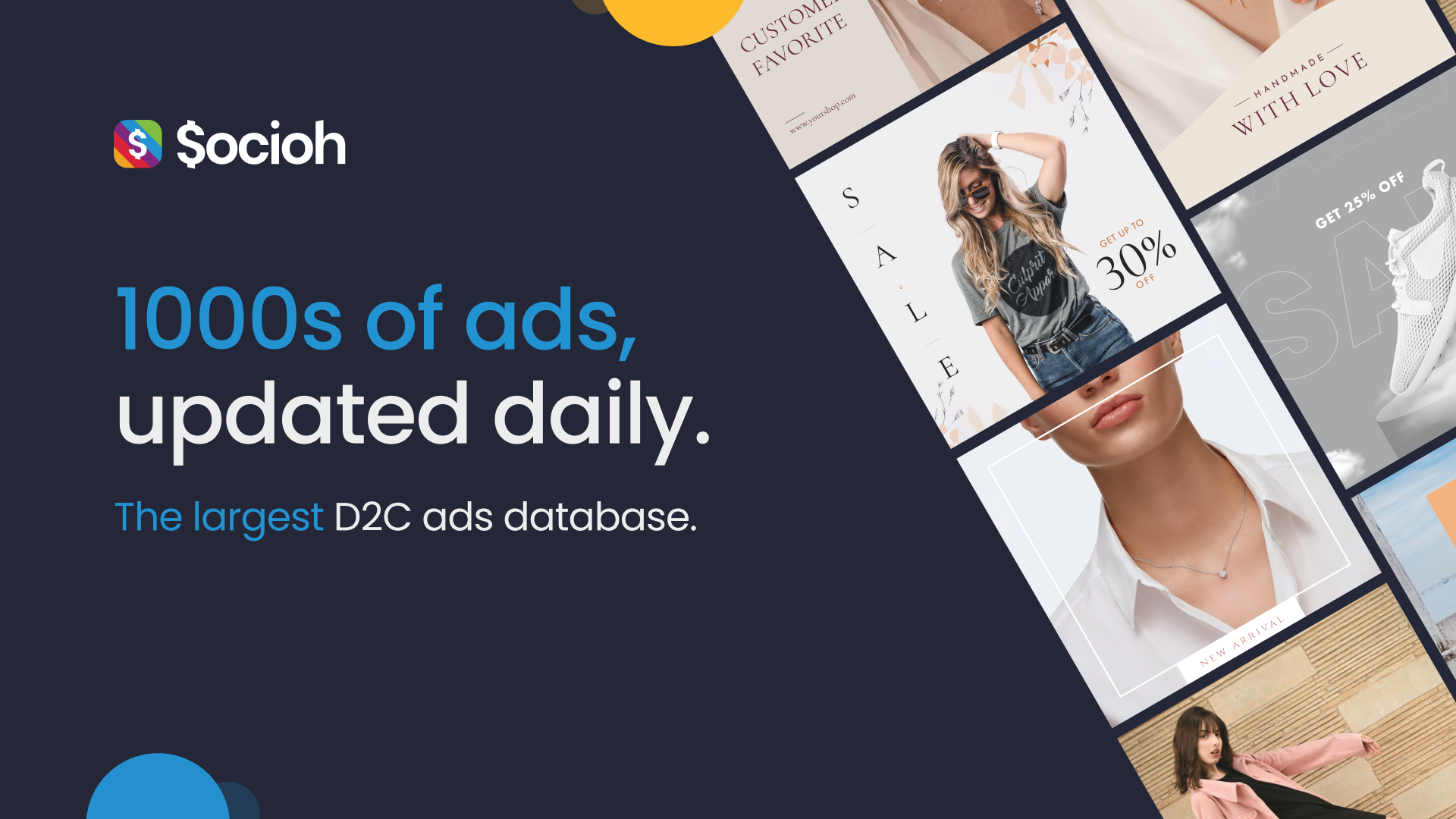
Last week, after a successful testing run, Shopify launched the Shopify Audience Network for its users.
Let’s take a quick look at what this is and then talk about what you can expect as a merchant or advertiser.
Who is eligible for Shopify Audiences?
Currently, access to the Audience Network is limited to:
- Users in US and Canada only
- Users on the Shopify Plus plan
- Shopify Payments users
What are Shopify Audiences?
Think of Shopify Audiences as a data sharing co-op between Shopify plus merchants. This network, or sharing, is facilitated by Shopify as the custodian of this shared data pool.
Simply put, here’s how it works:
- Share: All participating merchants anonymously contribute their existing customer data into a shared data pool.
- Learn: Shopify starts to ‘learn’ (code for AI/Machine Learning wizardry) from this shared data pool. The 2 learnings that matter here are:
- ~Individual Buyer Profile: What categories/products each shopper may be interested in. This is learnt from the product/SKU-level purchase data of these shoppers across multiple Shopify stores (of users who’ve opted to use Shopify Audiences).
- ~Your Customer Persona: Who might be interested in purchasing from you based on your store’s buyer profile, or more specifically, the buyer profile for individual products in your store.
- Match: When a merchant asks to make an audience, Shopify bases this audience on the specific products you selected to promote. Shopify uses this information and its learnings to determine a list of potential customers for your selected products. This list is usually anywhere between 0.5M to 1.3M in size.Here’s a screenshot of audiences I tested for a client earlier this year:

This list is now anonymized and uploaded to your Facebook ad account as a custom audience, with your past buyers excluded.
Shopify recommends that you directly target this list with your ads – although you can also make a lookalike audience from this list.
Well this sounds GREAT!
So what’s the problem? Why am I not more excited?
It’s the intent that counts
With iOS14 the data loss that hurt Meta the most is intent or in-market data (and not attribution, the term you will generally hear).
It was Meta’s ability to know who’s in market for a particular item like a new couch or a watch – and more importantly, the time frame for their purchase – that has now been affected.
Let’s take an example. Let’s say I’ve been to multiple websites looking for a watch in the last 5 days. In the past, Facebook would know that I, Karan, have been to 4-5 websites to look at watches. It could even trace the sites I’d engaged with most, what products I’d carted, etc.
Armed with this information and advanced AI algorithms, Facebook could select and show me the 3-5 ads that would lead to a conversion. With iOS 14 changes, Meta is no longer able to do this. And I’m not convinced that Shopify has the answer.
Shopify may know what all a person purchased in the past but they don’t know what this person is in the market for right now.
So do Shopify Audiences work?
Short answer: It depends on your expectations.
Ad performance is a function of not just audience but also creative, brand offers, the ad auction/marketplace competition, reported and unreported bugs in Facebook’s code (sorry couldn’t resist!), as also the on-site buyer experience and your product-market fit.
Results will vary from brand to brand.
I do, however, have a recommendation and some ‘opinions’. (Feel free to take them with a grain of salt!):
In my opinion, every merchant should try these. If they work, great. If not, try again after a month. As more merchants join, and Shopify improves its algorithms, there’s a chance that the audiences’ performance will improve over time.
- Try multiple audiences with different product sets representing different buyer personas from your store. You’ll have to spend some time & budget testing.
- If you see signs of success, scale slowly. This is a finite pool of people, and what they are in-market for is likely to change over time.
- Don’t expect pre-iOS performance from these audiences. Best case scenario is you might see 1~ 2 ROAS. Definitely not going to save you if you are already struggling.
- Since these are somewhat vetted audiences, try the reach objective to lower CPMs and improve brand awareness. Don’t expect ROAS here but if you have a brand budget, it’s a great place to spend some of that.
- And, finally, Lookalikes may not work well. The quality of a lookalike audience depends primarily on the value of the customers in the seed audience. Specifically, the value of a customer for ‘your’ business, which then needs to be passed on to Facebook. Now, since the people in Shopify Audiences haven’t purchased from you (or interacted with your brand in any way), there’s no good way to assign these buyers a value that is specific to your business.
The performance of a lookalike audience depends, to a great extent, on the actual affinity of a person with your brand. Affinity can be measured using RFM (Recency, Frequency, Monetary Value) analysis, which is to say, how recently someone interacted with your brand, how many times they’ve interacted with your brand in the past 12 months, and finally, what is the amount they’ve spent on your brand.This is what Facebook and Socioh uses internally to make value based lookalike audiences from pixel/catalog data. This is exactly why I’m concerned that the lookalikes may not perform that well.
What about you? Have you used Shopify Audiences yet? I would love to hear about your experience or respond to any questions you have for me.
Socioh is a digital advertising platform for eCommerce brands. Our Branded Catalog is the industry leader in dynamic catalog advertising and product feeds.




